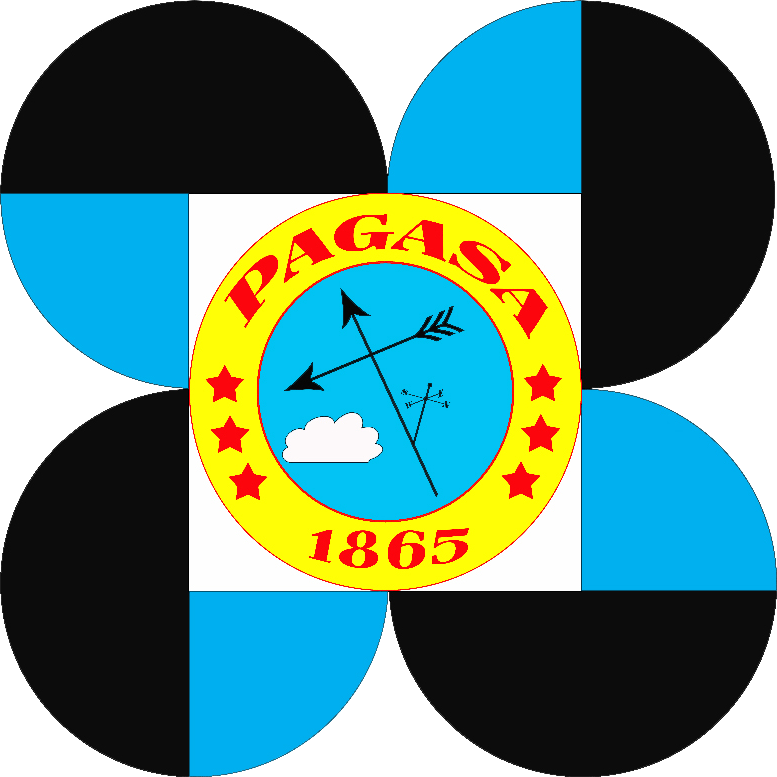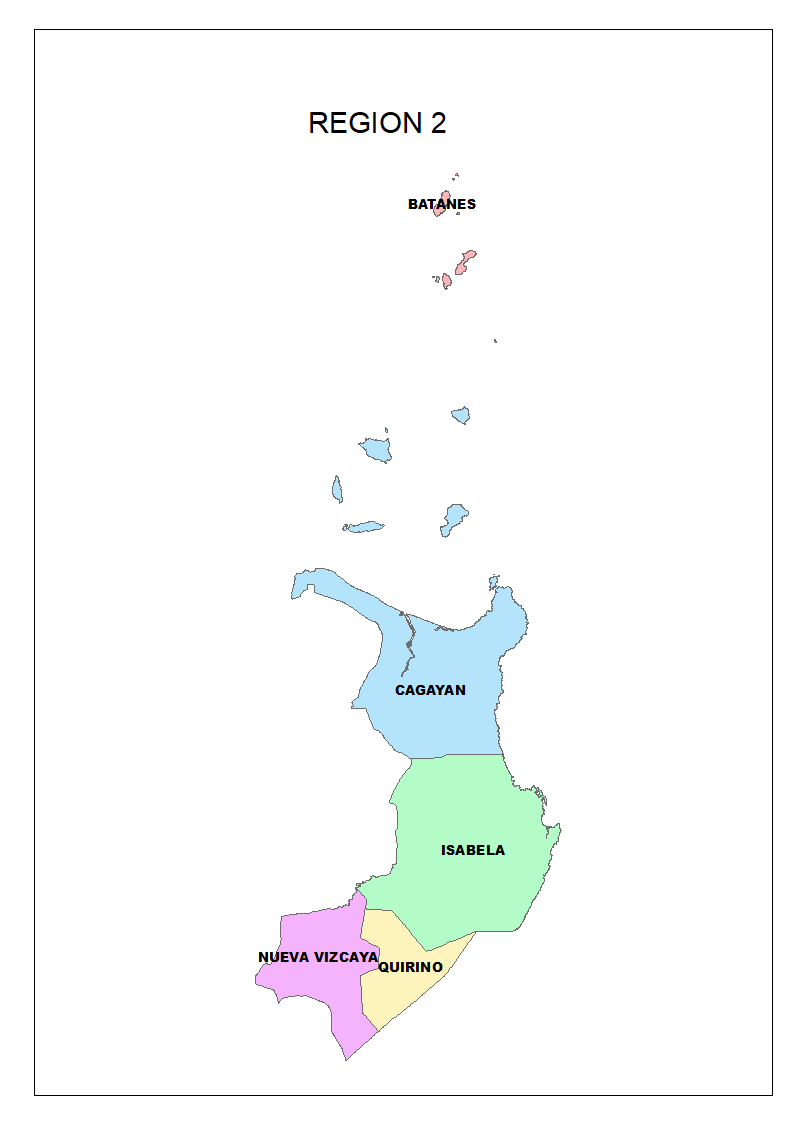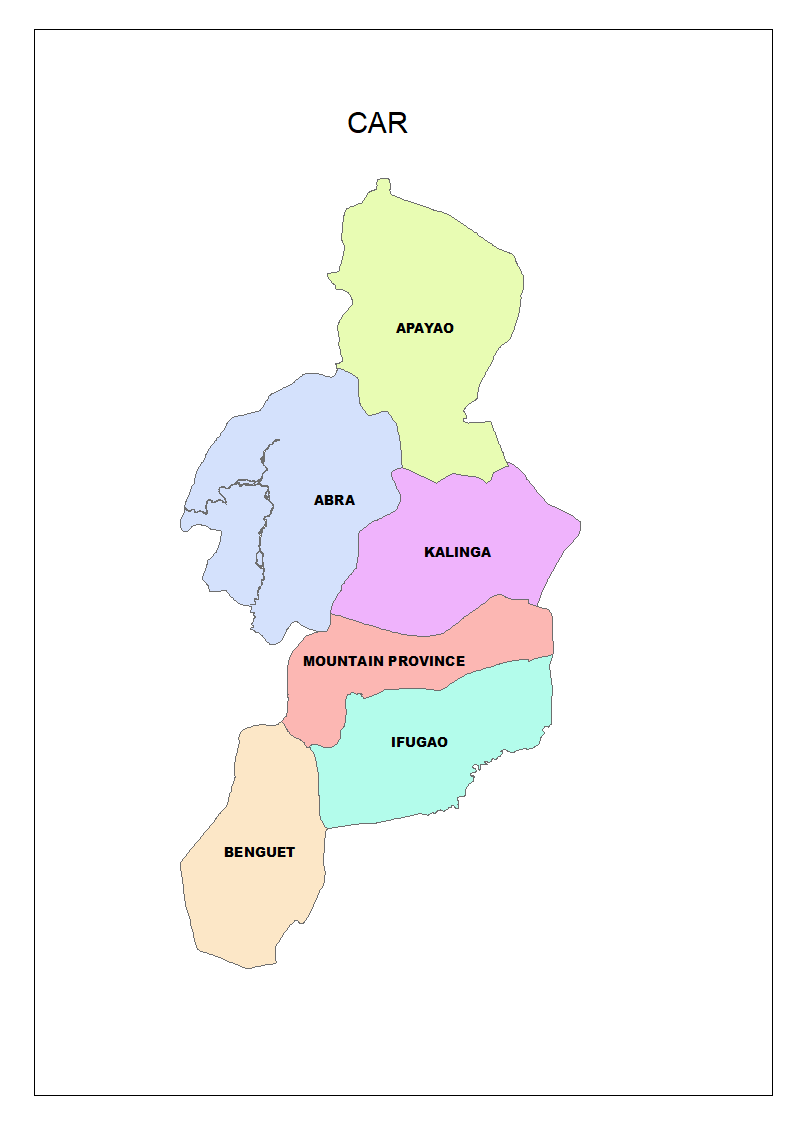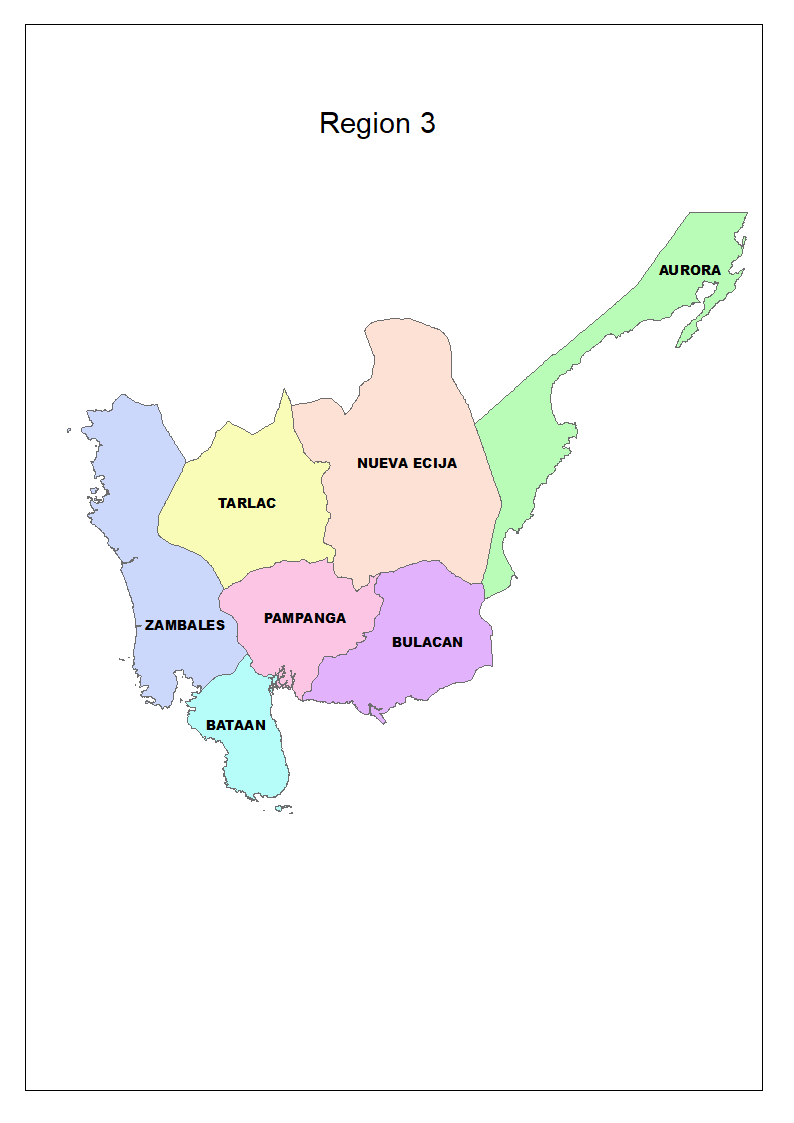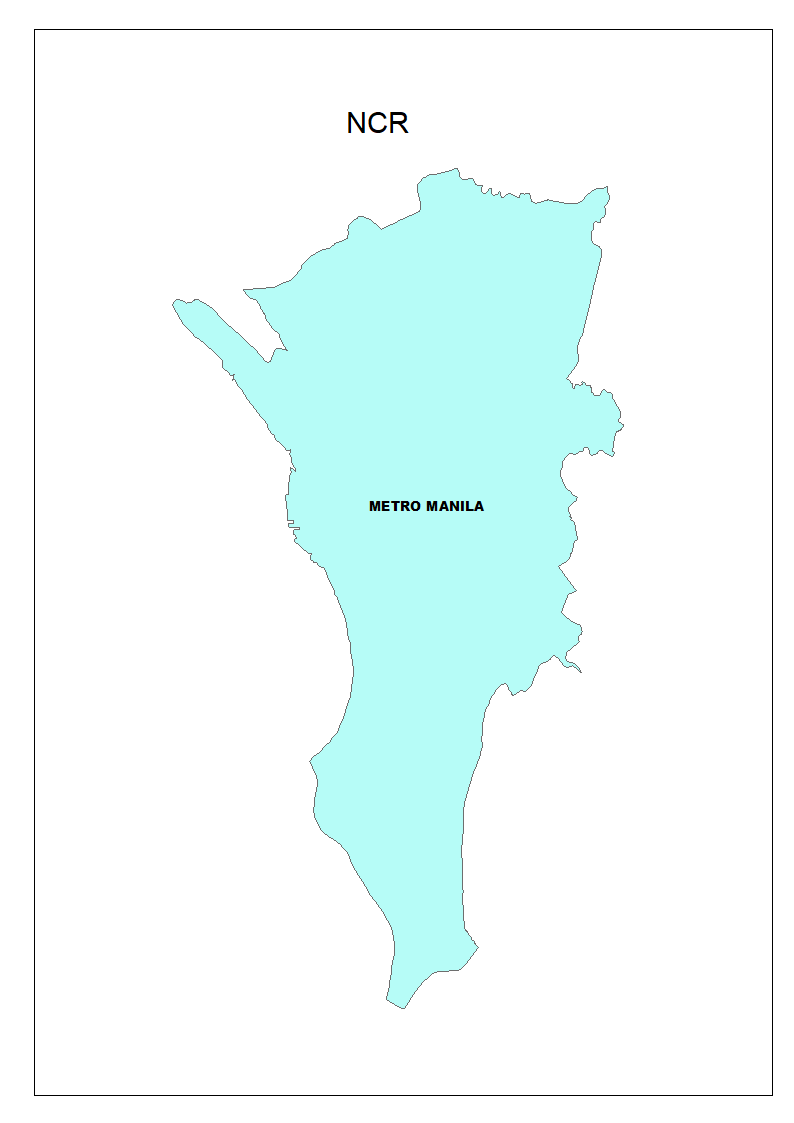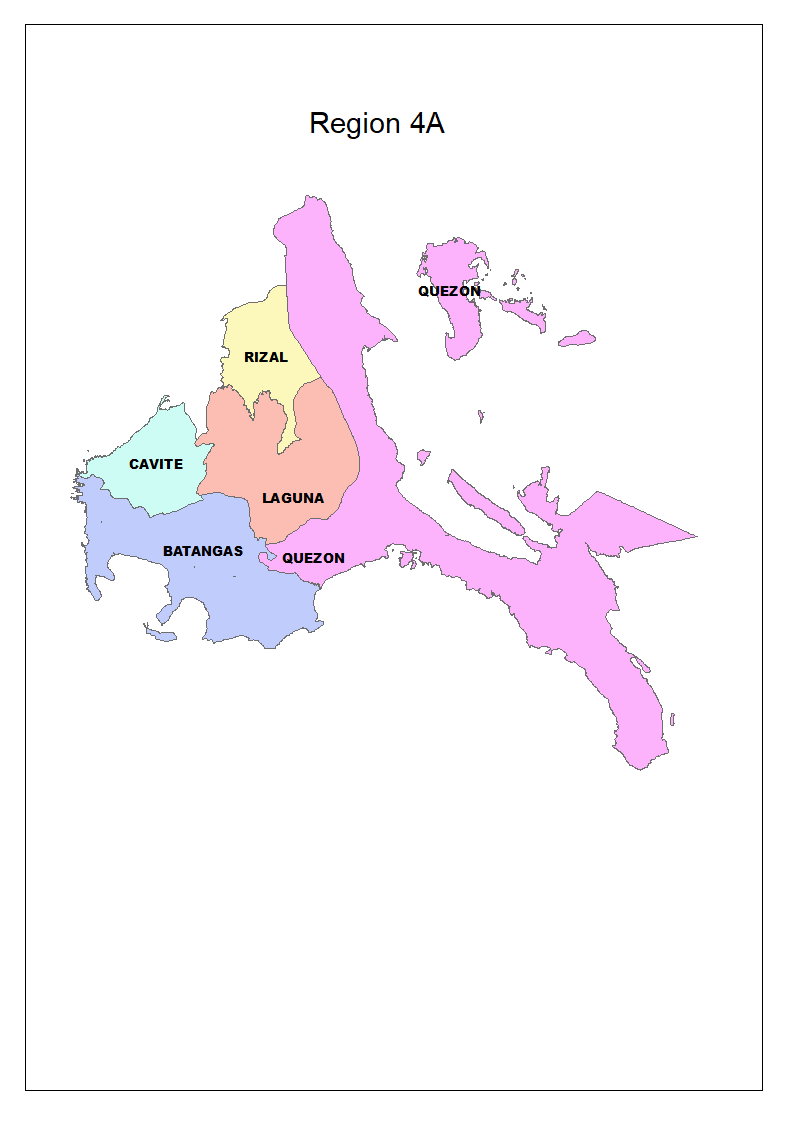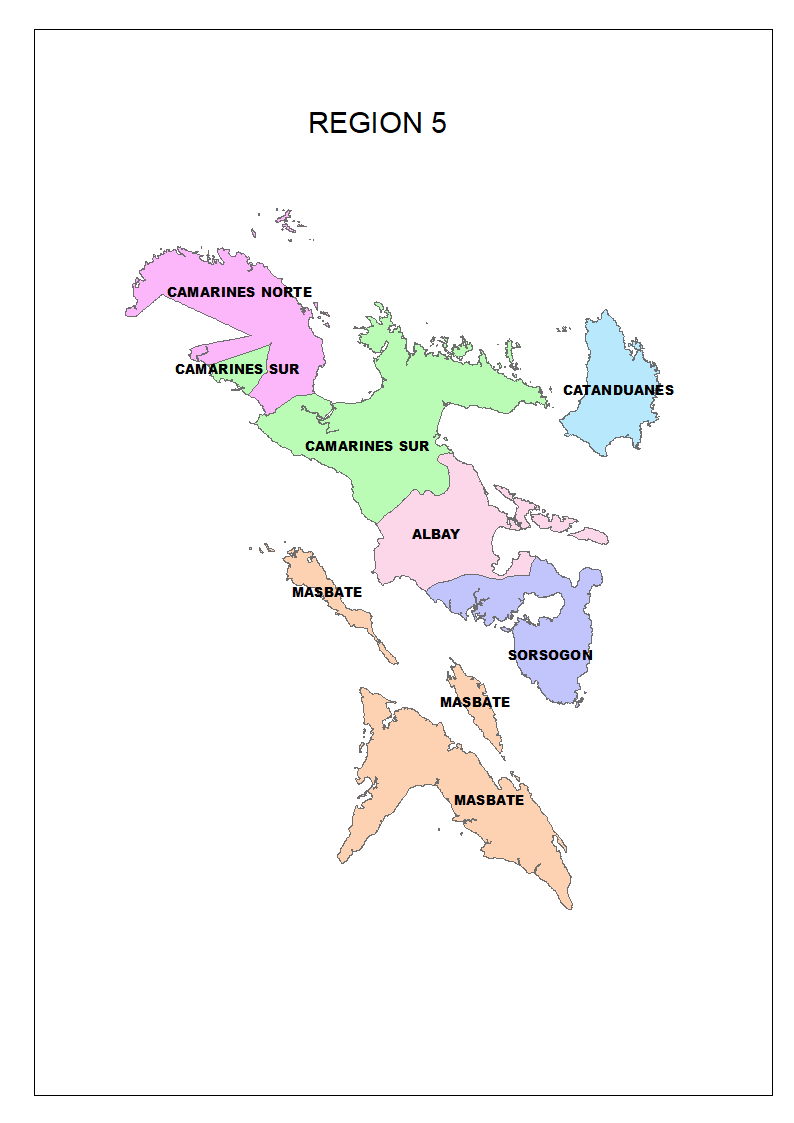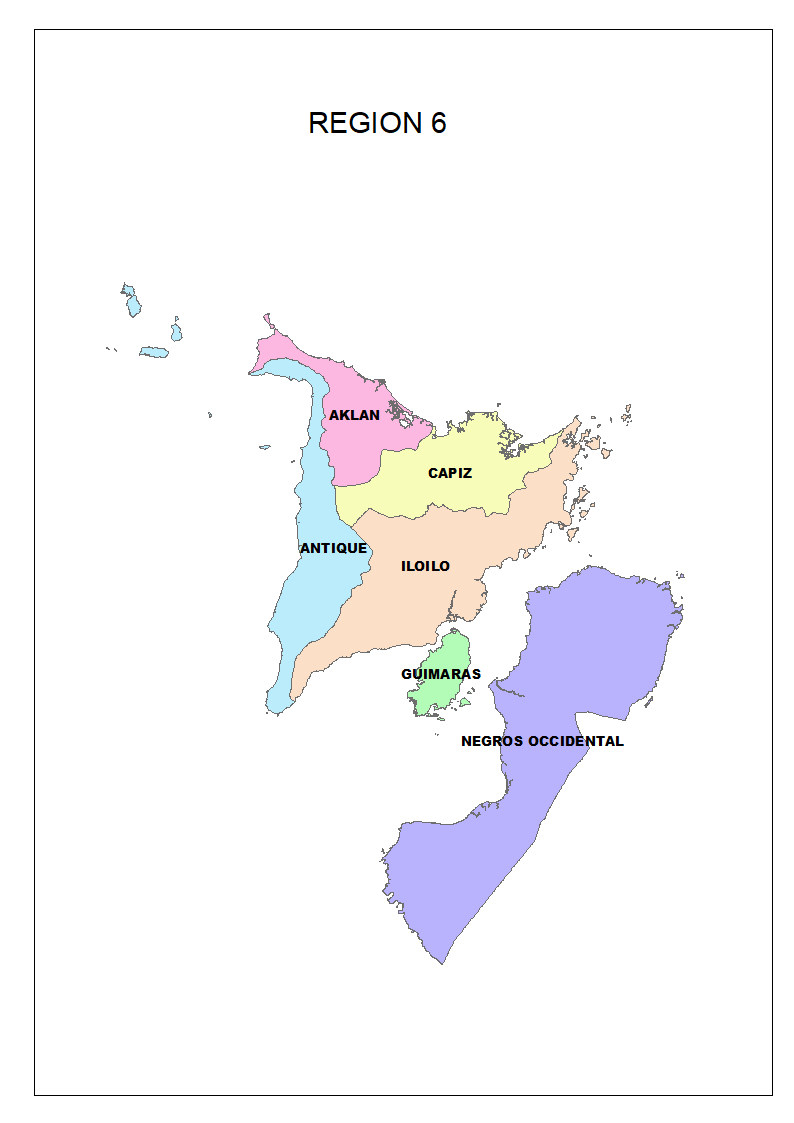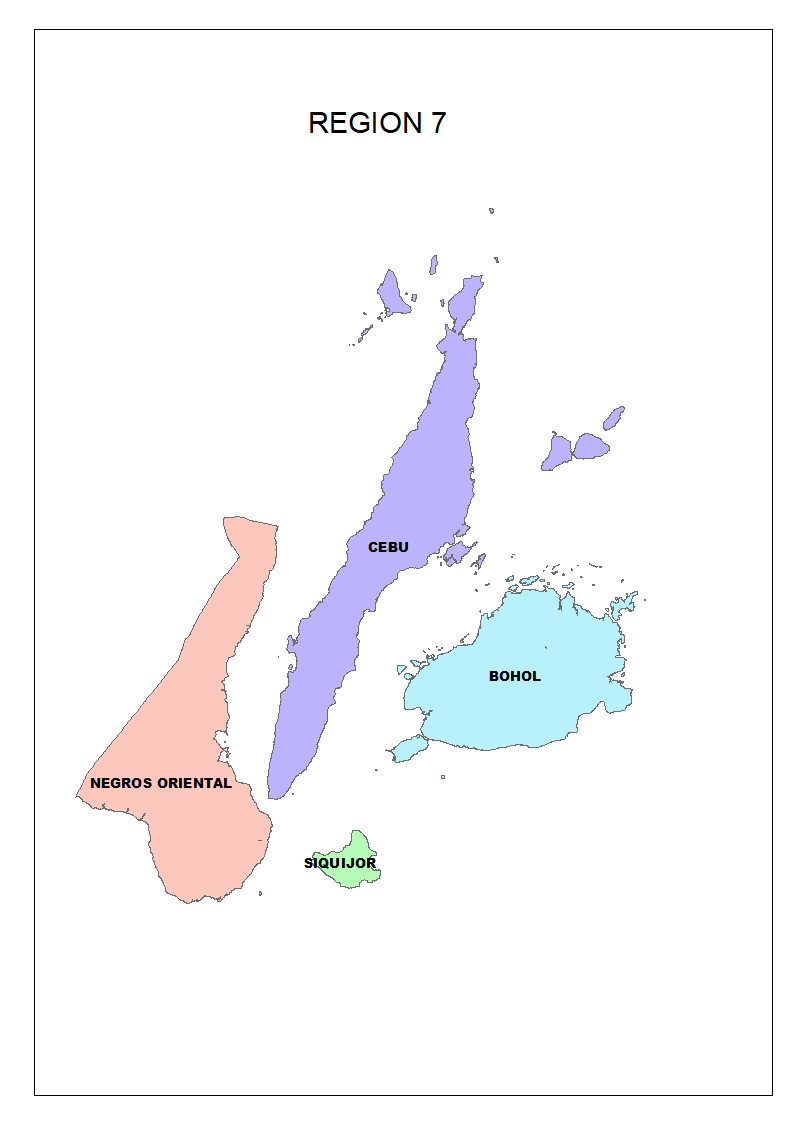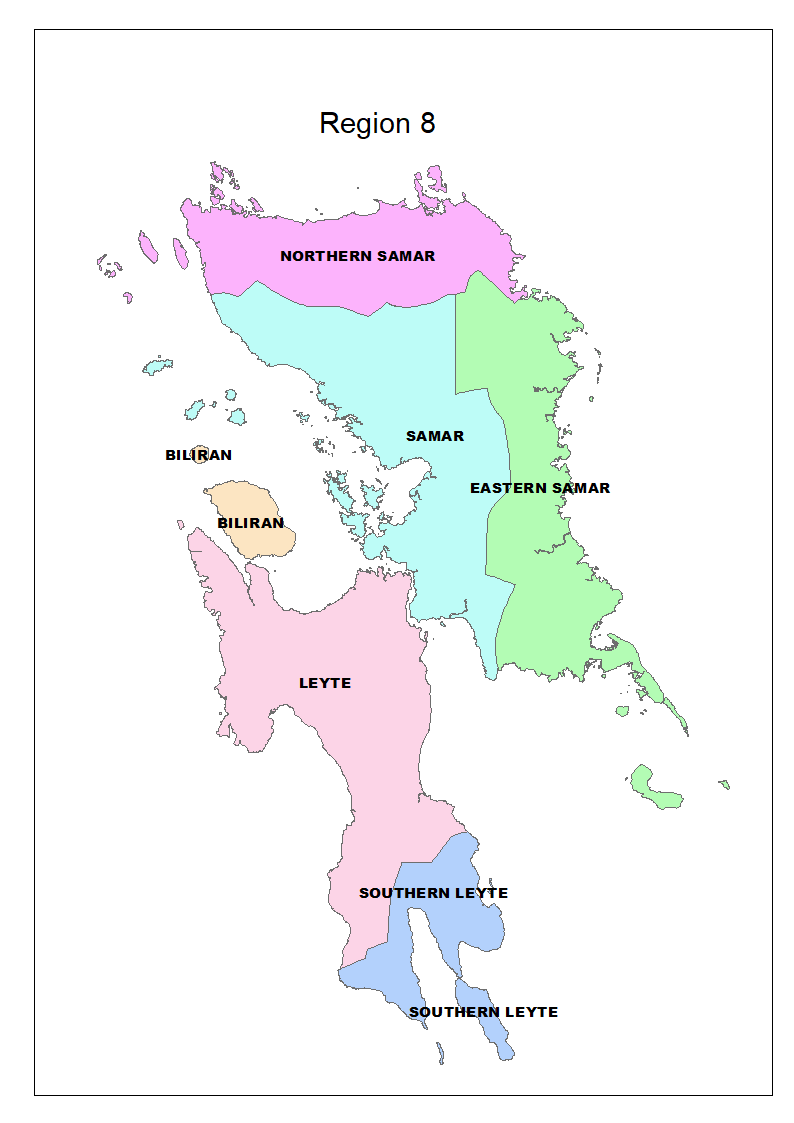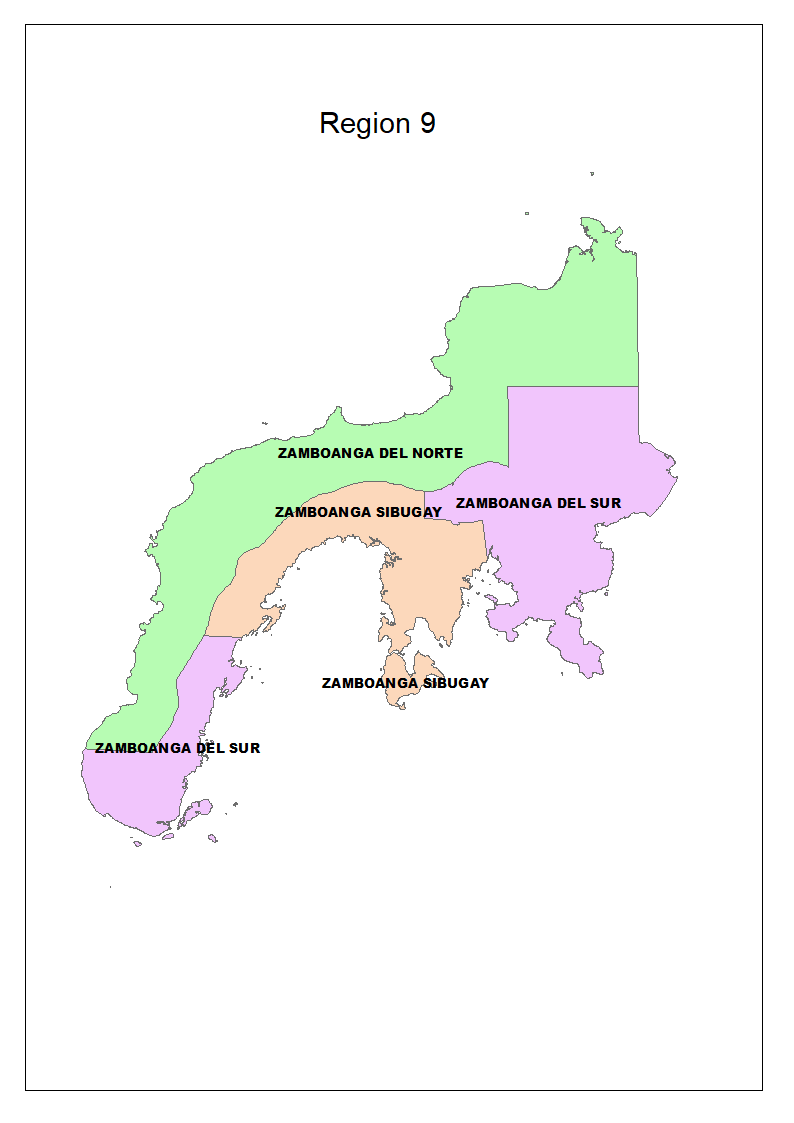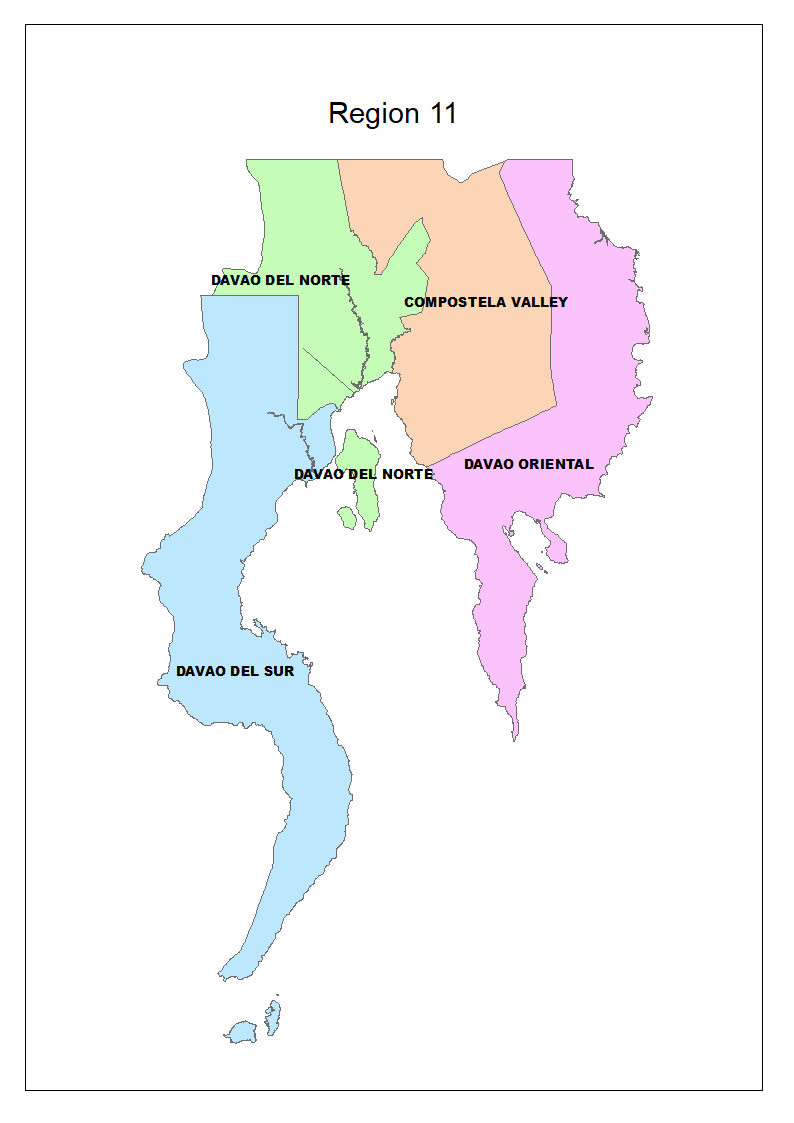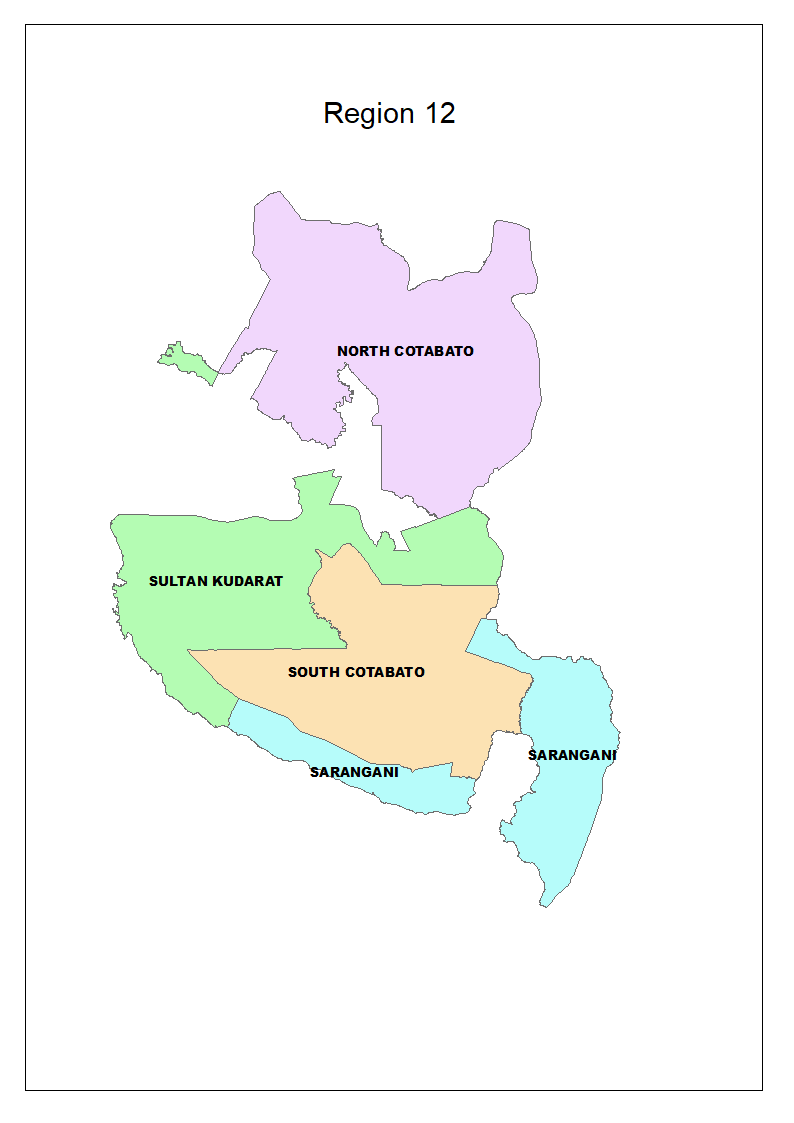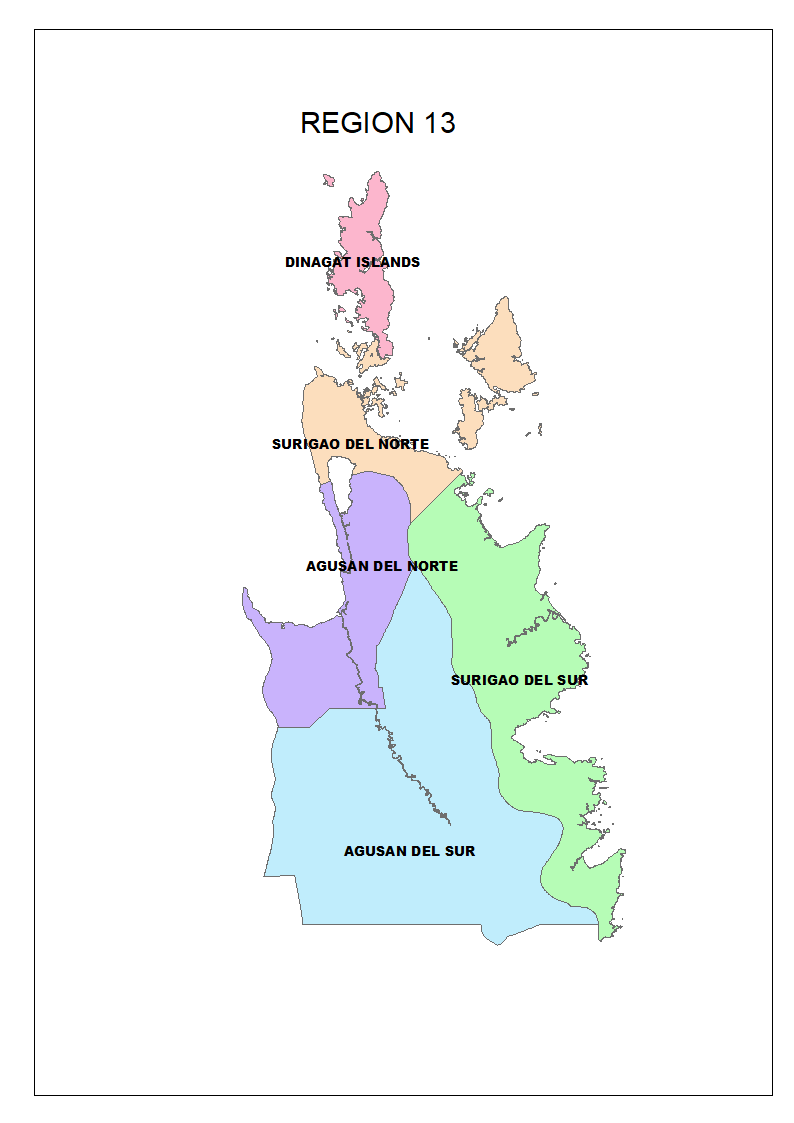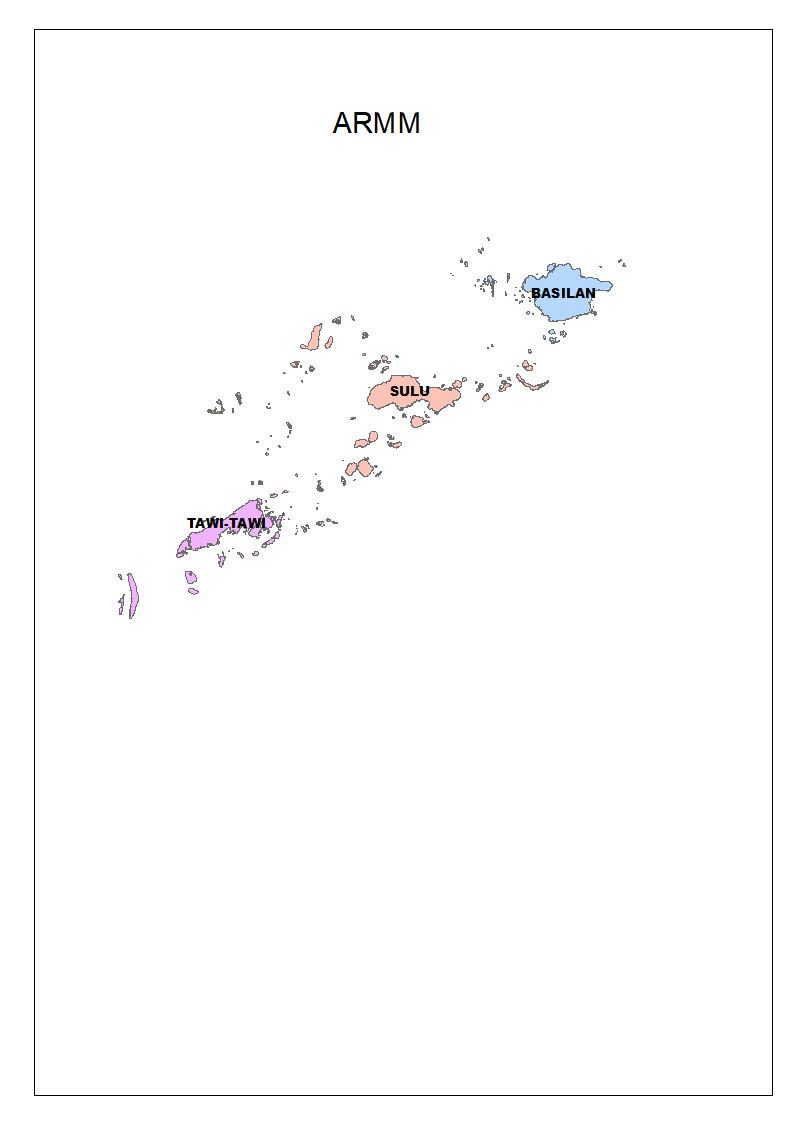During the first half of the dekad, occasional rains are expected over the western sections of Luzon and Visayas due to the prevailing southwest monsoon. Areas including Metro Manila, Central Luzon, CALABARZON, the rest of MIMAROPA, the Bicol Region, and the rest of the Visayas will likewise be affected, resulting in cloudy skies with scattered rainshowers and thunderstorms. Over Mindanao, partly cloudy to cloudy skies with isolated rainshowers or thunderstorms are also anticipated, due to the southwest monsoon. Meanwhile, Extreme Northern Luzon will experience cloudy skies with scattered rainshowers and thunderstorms brought about by a low pressure area. The rest of the archipelago will generally have partly cloudy to cloudy skies with isolated rainshowers or thunderstorms. In the second half of the dekad, the southwest monsoon will continue to affect the western section of Luzon, bringing occasional rains. The Visayas and Mindanao will experience cloudy skies with scattered rainshowers and thunderstorms due to the influence of the Intertropical Convergence Zone (ITCZ). Elsewhere in the country, partly cloudy to cloudy skies with isolated rainshowers or thunderstorms are expected due to the presence of easterlies.
During the first half of the dekad, winds coming from the southwest will prevail over the northern and western sections of Luzon and Visayas. The rest of Luzon will experience winds coming from southwest to southeast while the rest of the country will experience winds coming from the southwest to south. For the remaining days of the forecast period, the western sections of Luzon will continue to experience winds coming from the southwest. Visayas and Mindanao will have winds coming from the east to southeast while the rest of the country will have winds coming from the east.
During the early days of the forecast period, moderate to rough seas will prevail over the northern and western section of Luzon while the rest of the archipelago will have slight to moderate seas. Afterwards, the entire country will experience slight to moderate sea conditions.
ENSO ALERT SYSTEM STATUS: INACTIVE (Updated: 04 June 2025)
ENSO-neutral conditions currently prevail over the tropical Pacific, and most climate models suggest that these conditions are likely to persist through the August–September October 2025 season.
https://www.pagasa.dost.gov.ph/climate/climate-advisories
FARM ADVISORIES:
Livestock animals are susceptible to contract diseases during the rainy periods. Always keep animal shelters clean, dry and well ventilated. Keep the goats/ruminants shut in the barn, well protected from draft and provided with clean solid floor. Give them cut grass or hay to eat to maintain energy and fight against pneumonia.
| ACTUAL SOIL MOISTURE CONDITION (June 1 – 10, 2025) |
||
| WET | MOIST | DRY |
| Ilocos Norte, Basco, Cordillera Administrative Region, Aurora, Bataan, Bulacan, Tarlac, Zambales, Quezon, Mindoro, Northern Palawan, Albay, Catanduanes, Western Visayas, Siquijor, rest of Eastern Visayas, Zamboanga del Norte, Bukidnon, Davao del Norte, Surigao del Sur, and BARMM | Itbayat, Aparri, Calayan, Nueva Ecija, Rizal, Aborlan, Cuyo, Romblon, Camarines Norte, Camarines Sur, Masbate, Sorsogon, rest of Central Visayas, Southern Leyte, Zamboanga del Sur, Misamis Oriental, Davao del Sur, and Surigao del Norte | Rest of the country |
FARM ADVISORIES / UPDATES
* DA, DOST-PAGASA, and FAO boost climate action through joint agromet training
Author: DA-AFID | 09 June 2025
For the first time in history, the Philippine Atmospheric, Geophysical and Astronomical Services Administration of the Department of Science and Technology (DOST-PAGASA) has extended its agrometeorological expertise to other government agencies through the Adapting Philippine Agriculture to Climate Change (APA) Project–a joint initiative led by the Department of Agriculture (DA), DOST-PAGASA, and the Food and Agriculture Organization of the United Nations (FAO), with support from the Green Climate Fund.
The Basic Agrometeorology Training held from May 19-30 marked a groundbreaking step in the APA Project’s goal of building institutional capacity across government agencies to deliver timely, localized, and farmer-friendly climate information—a critical input for disaster risk reduction in agriculture and fisheries.
Over 40 technical staff from the DA and its attached agencies— such as the Agricultural Training Institute, Bureau of Plant Industry, Bureau of Soils and Water Management, and DA Regional Field Offices-participated in the training.
“The farmers and fisherfolk are the most vulnerable and the poorest,” said DA Assistant Secretary for Operations and National Project Director U-Nichols A. Manalo. “We are now forced to move away from the business-as-usual approach in helping these sectors through weather and climate information that they can better understand and apply in daily activities.”
The training showcases the project’s collaborative effort to expand access to agrometeorological knowledge, that was once limited only to DOST-PAGASA. This initiative empowers key actors, including national government agencies, in developing tailored, science-based advisories for farmers and fisherfolk, thereby boosting the country’s food security and disaster resilience.
Despite the increasing availability of climate information, farmers often receive weather updates that are either too technical or too broad. This limits their ability to make informed decisions during critical periods such as droughts, typhoons, or other climate-related events.
“The APA Project shifts our approach from reactive to proactive building climate resilience through better information, stronger institutions, and empowered communities,” said DOST Secretary Renato Solidum in a video message.
The agromet training complements other APA capacity-building initiatives, such as the Institutional Capacity Assessment and Development Workshop (May 13-14) and the Mainstreaming Environment and Social Safeguards (ESS) and Gender Equality and Social Inclusion (GESI) in Climate Information Services (CIS) Training (May 15-16). These interconnected activities ensure that climate services are not only evidence-based but also inclusive and sustainable.
Targeting 250,000 farmers nationwide, the APA Project promotes equity by committing to the inclusion of 50% women, 25% youth, and 12.5% Indigenous Peoples across its interventions-from climate data interpretation to the delivery of advisories and decision-support tools.
Under the administration of President Ferdinand R. Marcos Jr., the government has prioritized science-based solutions and inter-agency collaboration to safeguard agricultural livelihoods against the impacts of climate change.
More than just a training course, the initiative reflects a “whole-of-government” and “whole-of-nation” approach to climate resilience. It lays the groundwork for national agencies, local government units, and farming communities to co-develop weather and climate knowledge products that are both scientifically sound and practically useful.
Held during Farmers and Fisherfolk’s Month, the activity underscores the government’s collective commitment to those on the frontlines of food production ensuring that the support they receive is not only available but also actionable and easy to understand.
“This collaborative initiative is a vital step in our shared mission to equip institutions and ultimately, our farmers and fishers-with the knowledge, systems, and support they need to thrive in the face of climate risks,” said Dr. Lionel Dabbadie, FAO Representative to the Philippines.
** A smarter way to grow rice
Climate change, water scarcity, stagnant yields, and outdated policies threaten rice production across Asia, putting millions of smallholder farmers at risk.
With smarter policies, sustainable practices like Alternate Wetting and Drying, and climate-resilient rice varieties from research institutions like IRRI, countries are already seeing results with higher yields, lower emissions, and stronger farmer incomes.
To help scale solutions, the World Bank Group, in partnership with IRRI, launched the Scaling NextGen Rice Impact Program, gathering 7 countries to learn from one another and scale proven solutions. This peer-to-peer cross-country learning platform creates a dynamic network of practitioners and policymakers committed to driving forward a common vision of a better, more sustainable rice sector.
Learn more from IRRI and The World Bank leaders in this special blog:
https://blogs.worldbank.org/en/agfood/a-smarter-way-to-grow-rice?fbclid=IwY2xjawK12LdleHRuA2FlbQIxMQBicmlkETFYeGdEV3JXQmNrdVZBN0F5AR69xIM3oHUNeyunMKUL6pEZ5L4YQwVKbnyErzumBy3tt1H0jchjyhJTrXjHOw_aem_Qe8lz4mxUeKfmCGG4jkzLA#:~:text=Alternate%20wetting%20and%20drying%20is,30%20percent%E2%80%94without%20reducing%20yields.
#AgriAsensoTips
Bago magtanim ng hybrid rice, siguraduhin ang maayos na paghahanda ng lupa para maiwasan ang maagang pagtubo ng damo at makatulong sa tamang pamamahala ng fertilizer at farm irrigation. Inirerekomenda rin ang paggamit ng organiko at inorganikong pataba sa sakahan.
Sa pag-aani, siguraduhin ang tamang maturity ng palay para maiwasan ang grain shattering at maging maganda ang kalidad ng bawat butil.
Sources:
* https://www.da.gov.ph/da-dost-pagasa-and-fao-boost-climate-action-through-joint-agromet-training/
** https://www.facebook.com/IRRI.Official
*** https://www.facebook.com/photo?fbid=1020105366953462&set=a.523040409993296

Region 1 Ilocos Region
Forecast Rainfall (mm):
50 – 350
Rainy Days (0.1mm or more):
5 – 8
Actual Soil Moisture Condition:
n/a
Range of Relative Humidity (%):
40 – 99
Min - Max Temperature (°C):
22 – 36
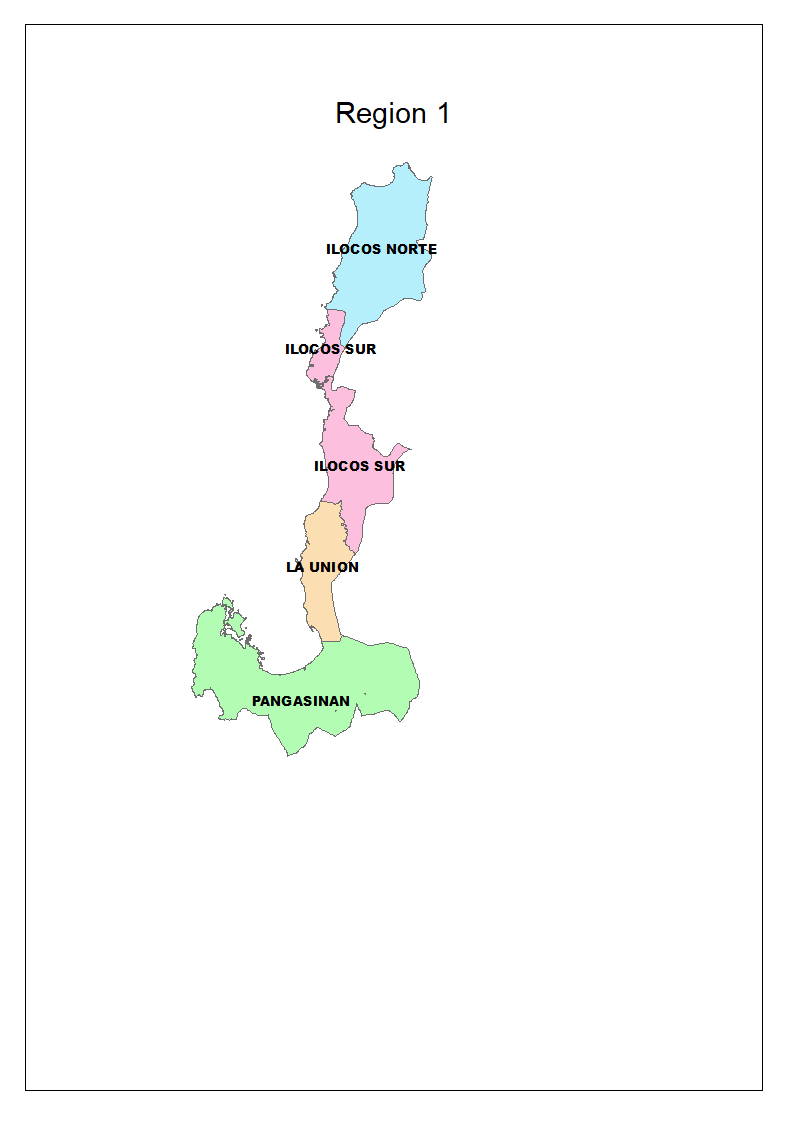
Crop Phenology, Situation and Farm Activities:
Land preparation of rice and corn. Most rice crops are currently in the vegetative stage, while harvesting of matured rice and corn is underway. Most corn are in ripening stages while some are being harvested. Growing of lettuce, mung bean, okra, garlic, onion, patola, pechay, carrot, squash, ampalaya, cassava, chayote, chili pepper, ginger, malunggay, kangkong, mustard, string bean, sweet pepper, sweet potato, taro, upo, peanut, papaya, avocado, banana, coconut, coffee, guava, dragon fruit, guyabano, jackfruit, calamansi, mango, mulberry, pineapple, star apple, watermelon, and tobacco is underway. Harvesting of garlic, peanut, okra, onion, onion leeks, pechay, camote tops, spinach, squash, string bean, sweet pepper, sweet potato, talinum, taro, tomato, chili pepper, long pepper, eggplant, ginger, kangkong, lettuce, malunggay, mung bean, mustard, patola, ampalaya, upo, chayote, cassava, ubi, cotton, avocado, banana, watermelon, star apple, papaya, coconut, calamansi, mango, guava, jackfruit, dragon fruit, guyabano, santol, duhat, sineguelas, mulberry, pineapple, and tobacco is being performed. Pest and disease monitoring and management, fertilizer application, weeding, water management, and field condition monitoring are taking place. Ongoing of drying and milling of rice and corn. Land preparation activities including clearing, tilling, leveling, and soil conditioning are in progress.
Prepared By:
Checked MEVT
Approved TAC
Uploaded ARL
